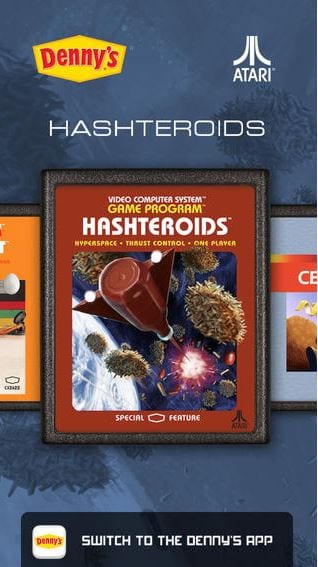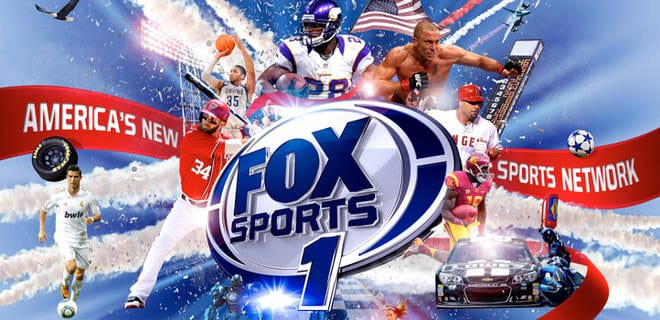by Lauren Ward – August 2015 Fan loyalty is at the forefront of every team’s objectives. Loyalty is defined as “having or showing complete and constant support of someone or something.” Teams build loyalty in many ways: social media, events, player appearances and, of course, winning. Season ticket holders are a prime example of fan loyalty. They…Continue Reading 5 Best Practices to Create Loyalty with Corporate Partners
5 Best Practices to Create Loyalty with Corporate Partners





